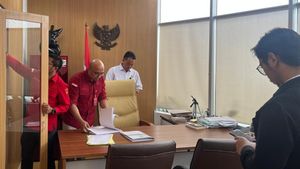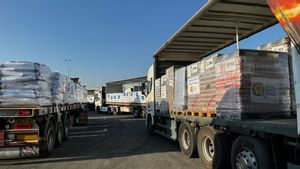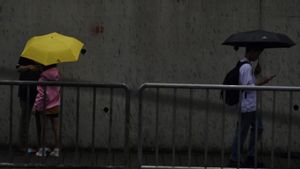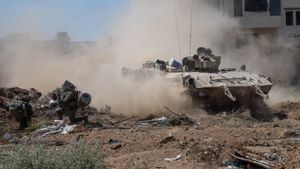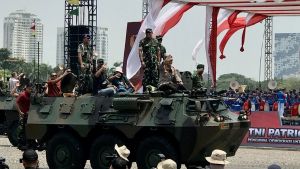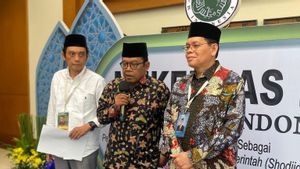JAKARTA - Following clashes that resulted in the deaths of 20 Indian soldiers, China has begun to withdraw its troops from the disputed border. The death toll is the highest for India in a border dispute for more than 50 years.
Indian National Security Adviser Ajit Doval and top diplomat from China Wang Yi said the two sides had discussed the issue through "an honest and in-depth exchange of views." Notes regarding the meeting were released Monday, July 6.
Reuters reported, the two parties agreed to withdraw troops significantly. The Indian government's record also states that the two parties agree to respect the Actual Line of Control (LAC), which is the reference for the country's position along the border of the dispute.
However, the reports that were reported were only based on notes released by the Indian side. Chinese Foreign Spokesman Zhao Lijian responded to India's notes by saying the two sides had "taken effective steps to remove and defuse the situation at the border.
"We hope that India will meet China halfway through and take concrete steps to carry out what the two sides agree on, continue to communicate closely through diplomatic and military channels, and work together to cool the situation on the border," Zhao said during a press conference on the day. the same one.
The worst battle for IndiaOn the evening of June 15, Chinese and Indian troops fought for hours with sticks and clubs. 20 Indian soldiers have died on the border of the dispute, in the frozen waters of the Galwan River in the Western Himalayas.
For India, the night's fighting was the worst in the history of border disputes. On the other hand, China has not confirmed any casualties.
What is clear is that since the clash, the two countries have been involved in extremely heated relations. The tension has risen dramatically, which has been responded to by weeks of talks between senior military officials of the two countries.
According to the same report, the Chinese military was observed to have dismantled tents and buildings at a site in Galwan Institute near the scene of the clashes. Military vehicles were also seen leaving several other areas, such as Hotsprings and Gogra, two border zones that are also contested.
The English, Chinese, Japanese, Arabic, and French versions are automatically generated by the AI. So there may still be inaccuracies in translating, please always see Indonesian as our main language. (system supported by DigitalSiber.id)



